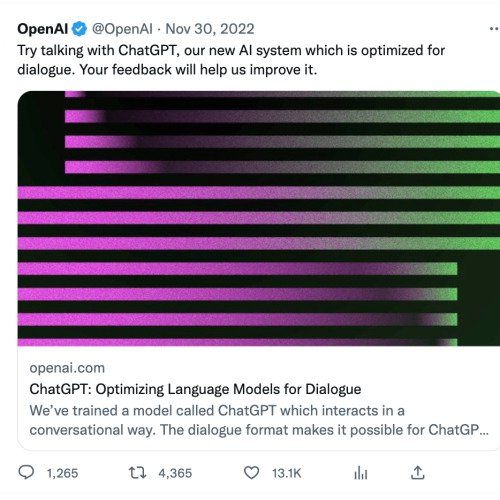ChatGPT: The Breakthrough in AI Language Processing
BY GABRIEL MATTYS
DECEMBER 27, 2022
If you’re trying to understand how ChatGPT evolved so quickly, it helps to go back to the beginning. ChatGPT is the latest iteration of a series of language-processing AI models that began with GPT (Generative Pre-trained Transformer) in 2018. But the roots of GPT go back even further, to 2017, when OpenAI published the first hints of what was to come with a project that aimed to teach a neural network to predict the next letter in an Amazon review. This simple task revealed that a single neuron was able to learn how to measure sentiment on its own. Just two months later, Google Brain introduced transformers, a new architecture that made significant progress in understanding text.

The combination of these two developments led to the creation of GPT, which was followed by GPT-2 and GPT-3, each with more training data and larger model size. ChatGPT, which was trained using a modified version of GPT 3 and human input, has 175 billion parameters and is able to generate human-like responses that are both surprising and delightful.
While the rapid evolution of ChatGPT and other AI language processing models is exciting, it’s important for researchers and developers to consider the ethical implications of their work. These models can perpetuate biased or harmful language if they are trained on biased data. It’s up to the developers to ensure that they are using diverse and representative data sets to avoid perpetuating harmful biases.
Overall, ChatGPT represents the exciting progress being made in the field of AI language processing and the potential for these models to enhance and augment human communication and interaction. If you’re ready to experience the future of AI language processing for yourself, try ChatGPT today and see how it can revolutionize your interactions with computers.